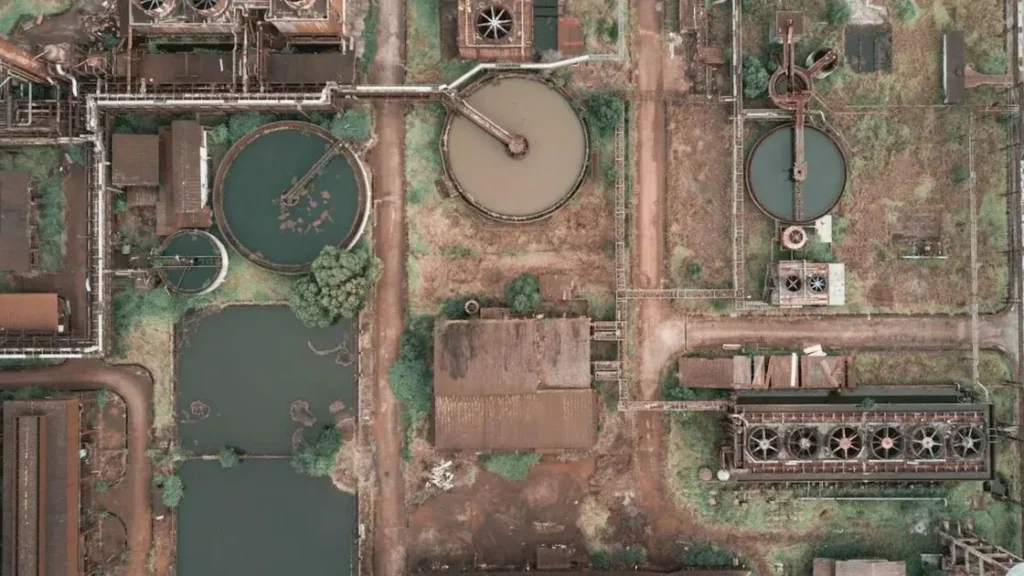Sustainable Oral Care: A Step Towards A Greener Future
Did you know that the average individual goes through over 300 toothbrushes in their lifetime? That is a significant amount of plastic that ends up in landfills! This not only causes pollution, but also can take generations to decompose. We can reduce waste and help safeguard the environment by utilizing sustainable dental care products and practices. Oral hygiene is something that is frequently overlooked. We clean and floss our teeth without thinking too much. But what if I told you how you care for your teeth has a significant environmental impact? That is correct. The procedures we use to clean our teeth every day might harm the environment and even be harmful to our health. That is why we must move to environmentally friendly oral care practices that are also excellent for our bodies. In this article, we will discuss everything you need to know about oral care sustainability. What is Sustainable Oral Care? Sustainable oral care is a concept used to describe environmentally friendly practices and products. This primarily includes: Choosing natural components over harsh chemicals, recycling, and reusing products whenever possible, avoiding throwaway items, conserving water when brushing, and utilizing biodegradable dental products are all examples of good practices. There are several reasons why this care is important. For starters, the dental care items we use regularly may be dangerous to the environment. Many traditional toothpastes and mouthwashes include harsh chemicals that may pollute water supplies and harm ecosystems. Furthermore, many of these compounds are harmful to people. They can cause everything from skin irritation to major health issues like mouth ulcers and stomach difficulties. As a result, it’s important to choose items that are good for both the environment and our bodies. What are the Steps for Choosing a sustainable Toothbrush? The wasted toothbrushes are all plastic garbage that harms the environment in a variety of ways. Many techniques can help in reducing the amount of plastic waste disposal in the form of a toothbrush. Now we will go over some of the factors that can help you in purchasing and selecting the best eco-friendly toothbrush. Look at the Handle’s Material When it comes to the eco-friendliness of a toothbrush, the material of the handle is really important. There are many various materials utilized in today’s world that are completely eco-friendly. Bamboo, wood, and other materials are among those used. Please make a note of the material used to produce the brush before purchasing it. These materials are biodegradable and have no negative effects on the environment. So, brushing your teeth with a bamboo toothbrush will assist in stopping the ecosystem from degrading. Maintain a Close Eye on the Bristle Material There are a few products that are specifically utilized in conjunction with eco-friendly brush with bamboo toothbrushes. Nylon 4, charcoal, and other materials are ideal for this reason. Nylon 4 is a biodegradable material that has passed laboratory tests and easily degrades when exposed to environmental conditions. It has no negative environmental consequences. The charcoal bristles are quite effective at cleaning the teeth and are also biodegradable, helping the cause of environmental friendliness. Get a Sustainable Travel Case While traveling, a toothbrush case is a must-have item. The majority of toothbrush cases are made of plastic, which is harmful to the environment. As a result, if you enjoy using an eco-friendly toothbrush, look for a similar toothbrush case. Certain bamboo toothbrushes already come with a cover. What You Should Know About Eco-Friendly Toothbrushes The first thing to know about eco-friendly toothbrushes is that they are biodegradable. Environmentally Friendly Toothbrushes are also beneficial to both dental and bodily health. Having daily touch with plastic toothbrushes is not at all healthy. They keep your teeth and mouth clean for a longer period by protecting you from hazardous bacteria. The lifespan of Eco-friendly toothbrushes is comparable to that of plastic toothbrushes. Because bamboo toothbrushes are significantly lesser in strength, you must exercise caution when handling them. After each use, keep them clean and rinsed. What are Sustainable Oral Health Practices? To improve oral health there are various practices that you can follow. Look at some of these given below. Turn off the water Each time you brush your teeth, turning off the water saves 12 liters of water! Consider how much water you could save if you used this when shaving, showering, and washing your face. Make use of a bamboo toothbrush Many toothbrushes contain non-biodegradable or non-recyclable components, such as plastic handles and nylon bristles. This implies that the 50 million pounds of plastic garbage produced by toothbrushes each year never leaves the globe. Bamboo toothbrushes are compostable and biodegradable, which means they degrade readily in landfills, yet they’re just as effective as a standard plastic toothbrush. Make use of dry toothpaste While toothpaste itself is not harmful to the environment, the packaging — notably plastic tubes, caps, and boxes — is. Toothpaste tablets or powders are extremely concentrated and water-free, requiring minimal packaging to keep them fresh. To promote sustainability, these toothpaste alternatives are typically sold in recyclable glass jars, aluminum tins, or cardboard containers. Replace your floss Every year, enough plastic dental floss containers are discarded to fill a football stadium. Floss containers, like nylon floss, never degrade and remain in landfills indefinitely. Eco-friendly floss, on the other hand, is manufactured from silk and natural beeswax or plant wax, all of which are swiftly biodegradable. You may also get a water flosser, which generates even less packing waste. Look at recycling possibilities You can study how to recycle old toothpaste tubes, toothbrushes, and dental floss containers in your area as you phase out wasteful oral health practices. You can also deliver your non-traditionally recyclable oral health goods to certain locations. 6 Best Eco-friendly Oral Care Products Organic Bamboo Tooth Brush It is made using a natural, sustainable Bamboo plant & Bristles made from Castor beans. This Bamboo brush is sustainable for oral care. This Bamboo Toothbrush contains 98% Natural Bamboo and contains 2 % Castor
Sustainable Oral Care: A Step Towards A Greener Future Read More »





